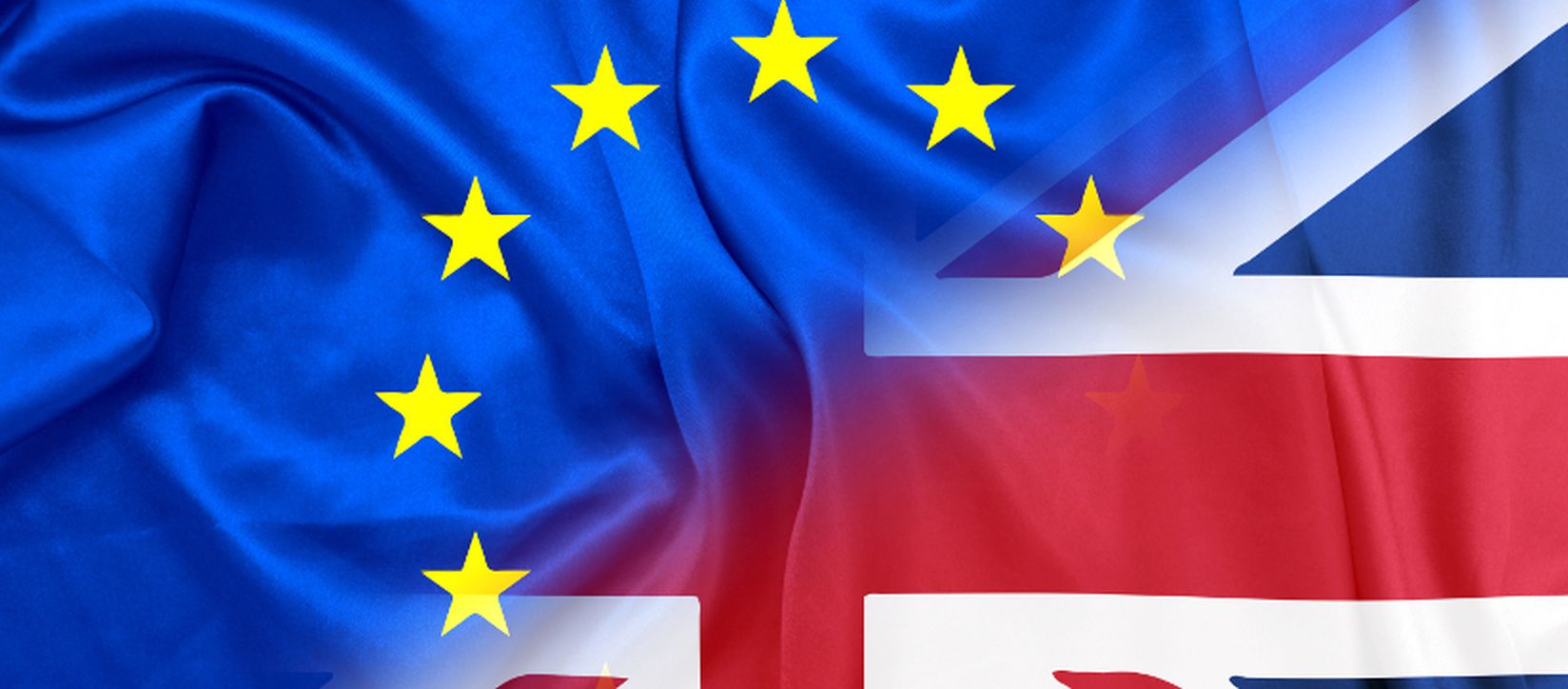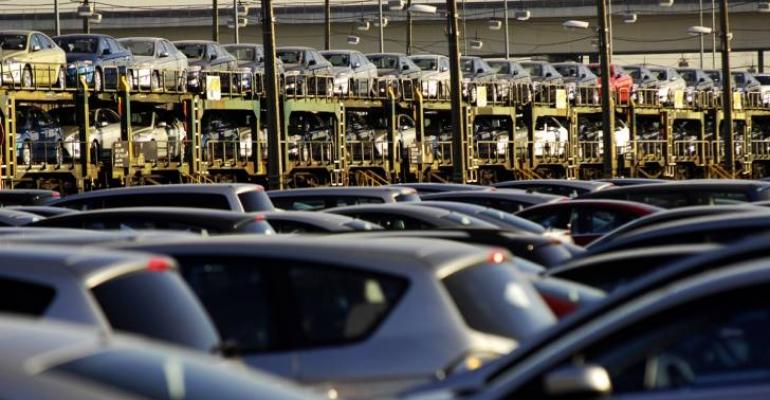The draft Brexit agreement that has caused political controversy in the U.K., but which the European Union insists is its final offer, would – if approved – see many EU vehicle regulations stay in force within Britain for the foreseeable future.
The complex 585-page agreement that lays out the terms by which the U.K. would quit the EU, as planned on March 29, 2019, is supposed to be temporary. But it allows for Britain to stay in a customs union with the EU for longer than a proposed transitional period to December 2020, during which time EU law still would apply in Britain.
Under the draft deal, an EU/U.K. customs union (below, left) could stay in place a lot longer – until a “future relationship becomes applicable,” says the text. In the meantime, it spells out, a raft of EU legislation on automotive standards would stay in place in Britain.
These would include laws such as directive 2005/64/EC on the type-approval of motor vehicles with regard to their reusability, recyclability and recoverability; directive 2006/40/EC on emissions from air-conditioning systems in motor vehicles; regulation (EC) No 715/2007 with respect to emissions from light passenger and commercial vehicles (Euro 5 and Euro 6); and much more.
Another branch of EU law of critical importance to the auto sector that appears likely to remain, should this draft deal get through the U.K. Parliament, is EU state aid rules – the legislation that limits how much governments can subsidize companies. Such support can be of critical importance to large automakers deciding where to locate plants.
And while the draft agreement suggests the U.K. set up its own independent state aid authority to police subsidies in Britain, it is the EU’s state aid rules that it will be enforcing. This will restrict the U.K. government’s handouts to automakers to persuade them to stay in Britain after Brexit happens – assuming it happens.
Another key restriction for the U.K. would be the loss of potential project financing from the European Investment Bank, which the U.K. would quit as confirmed by the draft deal.
With U.K. Prime Minister Theresa May facing a rebellion from her own ruling Conservative Party over the draft agreement, her ability to formally propose the deal to Parliament, possibly in December, is in the balance.
However, even if she falls from power and a new PM is appointed, the EU has made it clear that this is its preferred draft withdrawal agreement and no further negotiations will be considered. This could leave British MPs with an unpalatable choice of accepting the deal or crashing out of the EU with no agreement, which would see a wide range of trade barriers being erected between Britain and the EU – potentially including 10% tariffs on autos and parts traded between them.
 So, the draft agreement likely will remain the favorite option to proceed regardless of who controls the U.K. government, unless a second referendum – favored by many opposition politicians – is held, and the British public votes to remain in the EU after all.
So, the draft agreement likely will remain the favorite option to proceed regardless of who controls the U.K. government, unless a second referendum – favored by many opposition politicians – is held, and the British public votes to remain in the EU after all.
“The outline agreement is a positive step in avoiding the devastating consequences of ‘no-deal’ and securing a transition period,” says Mike Hawes, CEO of the U.K.’s Society of Motor Manufacturers and Traders. “It is, however, only a first step and business seeks certainty and ambition when it comes to securing a competitive future.”
Looking forward to further negotiations on securing a permanent relationship agreement between the EU and U.K., assuming Britain does quit the EU on March 29, as planned, Hawes says he wants trading links to be as close as possible.
“Truly frictionless trade is the only way to ensure the industry’s future success, and this should be the objective for all parties as we move into negotiating the permanent U.K.-EU relationship,” he says.
But that would also mean commitments by the U.K. auto sector to EU environmental regulations.
Under the draft deal, the U.K. would be committed to implementing a carbon pricing and trading program “of at least the same effectiveness and scope” as that already operating in the EU. Moreover, a joint EU/U.K. committee will be tasked with setting minimum commitments for the reduction of national emissions of certain atmospheric pollutants, which also will affect automotive design for the U.K. and remaining EU.





